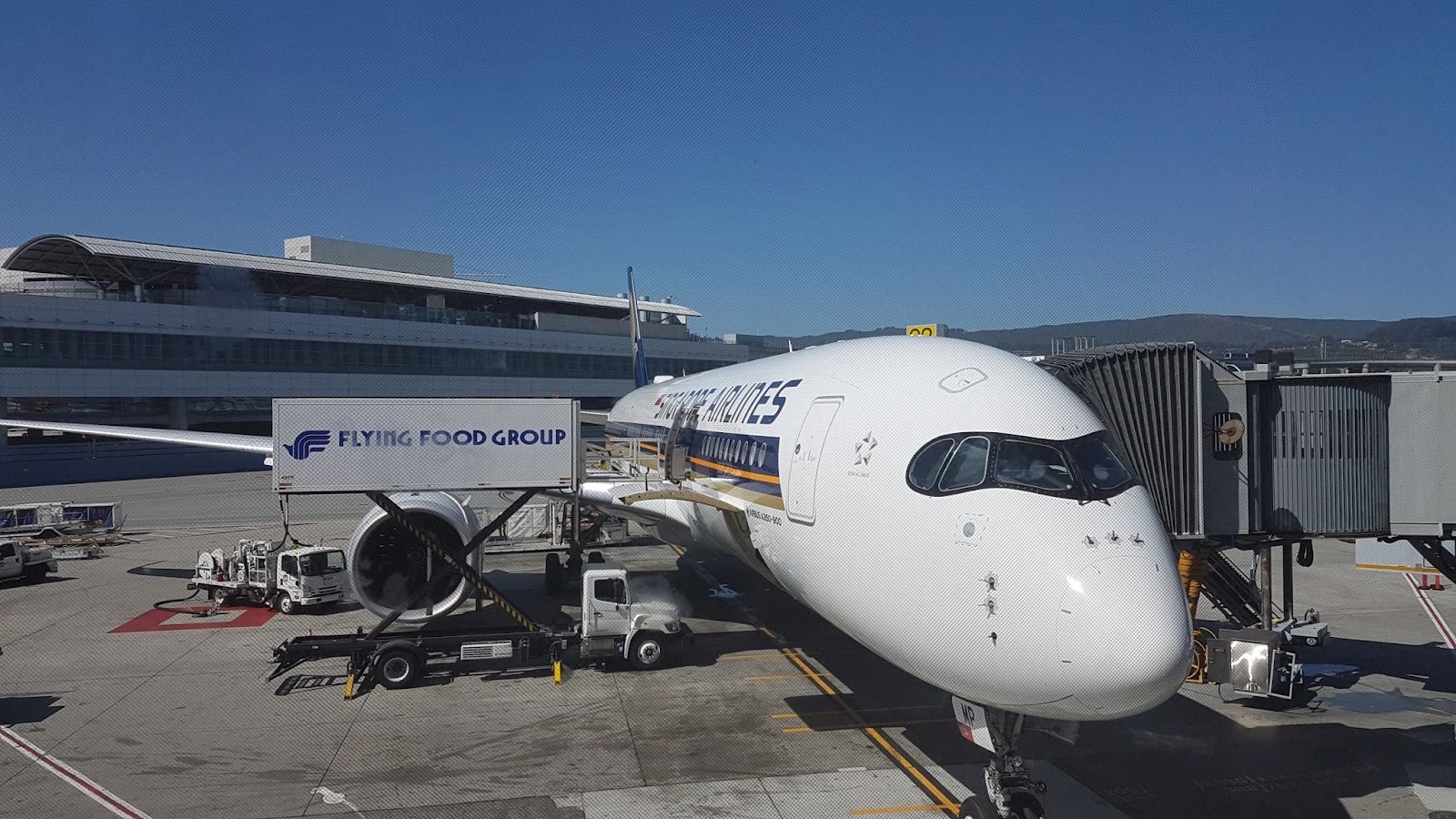In the aftermath of the severe turbulence incident involving Singapore Airlines flight SQ321, the airline has employed a multi-faceted communication strategy to address the situation. The response includes social media updates, a video statement from the CEO, and press conferences at key locations. While the efforts reflect a commitment to transparency and passenger support, there are areas where the communication could be improved.
Social Media Engagement
- Video Statement from the CEO
Singapore Airlines’ CEO, Goh Choon Phong, released a video statement on the airline’s Facebook page. In the video, Mr. Goh expressed his concern for the passengers and crew, extending apologies and outlining the immediate steps taken to address the situation. The video aimed to provide a personal touch, though it has been critiqued for coming across as somewhat wooden despite containing strong elements of empathy and assurance.
- Written Updates
The airline also posted several written updates on its Facebook page, keeping the public informed about the ongoing situation and the support being provided to those affected. These updates were crucial in maintaining a steady flow of information and demonstrating the airline’s proactive approach.
 Press Conferences
Press Conferences
- Bangkok Airport Press Conference
Shortly after the incident, a press conference was held at Bangkok Airport. Unfortunately, the official speaking did so in Thai without translation or subtitles, which limited the accessibility and effectiveness of the communication. Additionally, poor sound quality further hindered the delivery of important information.
(Photo above credit to Anastasia Ignatenko)
- Hospital Press Conference
The hospital where injured passengers were treated also held a press conference. The director provided some details about the care being administered, but the conference lacked enlightening information, leaving many questions unanswered.
Government Response
- Singaporean Prime Minister’s Statement
The newly appointed Singaporean Prime Minister issued a written statement expressing his concern and support for the passengers and crew affected by the incident. While the statement was quoted in several print articles, it primarily reached the public through the Prime Minister’s Instagram posts. This platform choice reflects the modern trend of political figures using social media to communicate directly with the public.
Media Analysis
- Sunrise Interview with Aviation Expert
A notable media analysis came from CNN’s aviation expert on Sunrise, where props and visual language were used to explain the incident. However, the expert’s delivery style and choice of words were criticised as insensitive, which detracted from the overall message.
Evaluation and Recommendations
Singapore Airlines’ response has demonstrated a strong commitment to transparency and passenger support. However, there are areas for improvement:
- Enhanced Video Communication. While the CEO’s video statement contained good elements, enhancing the delivery to appear more natural and empathetic would improve its effectiveness.
- Multi-Language Press Conferences. Ensuring that press conferences are accessible to a global audience through translations and subtitles is essential. This would improve the clarity and reach of the messages being communicated.
- Consistent and Clear Updates. Maintaining a steady flow of information through various channels, including social media, press releases, and direct communication with passengers, helps manage public perception and trust.
- Sensitive Media Engagement. When involving experts or spokespeople, ensuring they communicate with sensitivity and respect for those affected by the incident is crucial to maintaining a supportive and empathetic tone.
Overall, Singapore Airlines has shown dedication to handling the incident responsibly, but refining their communication strategies could further enhance their crisis management efforts and public perception.






